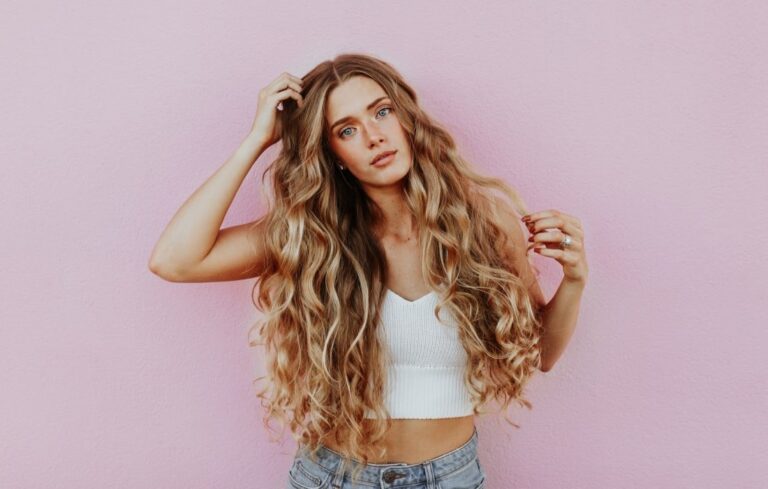
V Vaidyanathan, MD & CEO, IDFC First Bank
The bank’s Q4 PAT was lower due to micro loan stress and subsequent provisions. Have earnings hit the bottom in Q4? What is your guidance for FY26?
Our sense is that Q4FY25 was the lowest in terms of profitability. The impact of the MFI issue will wear off progressively in FY26, we feel every quarter. In the MFI (micro loan) book, SMA-0 (special-mention account) book is down materially from ₹275 crore to ₹152 crore. We’ll need to be careful, though, about legislations.
What is the end use of freshly-raised funds? There are concerns around higher equity dilution due to multiple fund raise.
From day one, we are looking to build a strong bank for the long run. Our bank should always be super safe. Also, we aspire for our bank’s credit rating to be revised upwards to AAA from AA+ currently. Capital gives stability to all stakeholders. In light of global uncertainties, raising capital places the bank in a strong position. Look at ICICI Bank. In its initial days when it raised $7 billion it looked high, but that’s what set the foundation of what it is today. Strong institutional shareholders also help the bank cap table.
We are the only bank which converted from a DFI (development finance institution) to a private bank in the current cohort of banks. DFI net interest margin (NIM) is usually low. So, internal generation of capital is low, hence the need to raise external capital. Once the bank moves from early stage DFI conversion to a mature stage, like ICICI achieved, the pace of capital raise will slow down. We have almost always raised capital at a premium to book value. We have developed a good business model where we are able to raise deposit and loans at scale with good asset quality. The funds raised will be used for growth. We are not looking at any inorganic growth.
You have cut deposit rates on some buckets. How would it help your margins?
Interest rates have broadly come down in the country. We are gradually bringing our interest rate down to big four banks levels. In last five years, we have narrowed the gap of cost of funds between us and top banks by around 150 basis points (bps), and we want to further go down that path. Over last five years, our cost of funds has moderated by 132 bps in a rising interest rate environment. We are bringing FD rates from 7.9 per cent to 7.25 per cent, which is in the zone of big banks. Later, we will drop savings account rate also in phases, our SA rates have already been dropped for up to ₹10 lakh balances; the rest will follow.
Your guidance on margin?
We have seen two repo rate cuts of 25 bps each in the current cycle. We expect two more rate cuts of 25 bps each. About 30 per cent of our book is repo linked and 10 per cent is linked to MCLR. This will lead to lower yield on external linked book, but we are also reducing deposit rates to adjust this. Net net, after all reductions, we expect to have a reduction of 10 bps in margin in FY26 compared to Q4FY25 levels. The impact on NIMs will be more pronounced in the next one or two quarters, but after matured FDs come at lower prices, the NIM will better.
What is the target on loan, deposit growth in FY26?
We are broadly thinking of a 20 per cent growth. Frankly, we want to stay focused on asset quality. Deposits will grow faster than loans, like the last six years. Our incremental CD ratio in last 5 years has been 75-77 per cent. Micro loan stress was a one-time episode for the whole system.
What is your guidance on corporate loan growth? Will the book be impacted adversely due to expected higher tariffs?
We are getting more confidence in corporate loans since we have had no issue in six years now. With regard to tariffs, we have studied our portfolio and we have few clients, but they are rated AA and above so they are fine. On a generic level, corporates that have an export business to the US may put their capex plan on hold for a few months. But since only 2 per cent of our GDP is exports to the US, which is on the lower side compared to other Asian countries, it will not have much impact on the GDP.
Published on April 28, 2025

















